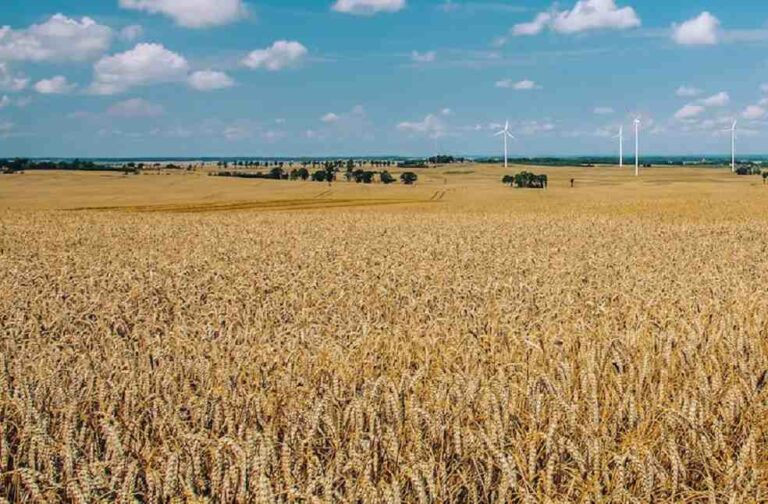Despite the backdrop of significant tariffs, China persists as the primary market for Australian grain and agriculture products. Exports to the People’s Republic have climbed to an unprecedented $16.6 billion, an increase of over 20%, as indicated by a Rural Bank report. Utilizing data from the Global Trade Atlas until June 30, 2023, the report underscores the agricultural sector’s enduring dependence on its most profitable customer, notwithstanding political discord and trading obstacles.
This unparalleled export figure is striking, given that several crucial agricultural products, including wine, seafood, hay, and until recently, barley, encountered hefty tariffs and trading prohibitions in China. The rescindment of the barley trade ban and an abundant grain harvest last year contributed to these record export values.
The report revealed that the farm gate export values reached a historic peak, nearly 50% above the five-year average at almost $80 billion. This constitutes a $12.5 billion augmentation from the preceding year and builds upon an $18 billion escalation in the 2021-22 fiscal year. Victoria, retained its status as Australia’s preeminent agricultural exporter, with a $1.3 billion augmentation in value to $18.7 billion. Concurrently, Western Australia (WA) recorded a 33% surge to $16.2 billion, predominantly attributed to its record grain crop.

Wheat exports experienced a 66% or $1.5 billion amplification, spearheading the augmentation in exports to China. Beef, almonds, and cotton exports to China also witnessed considerable growth. Yet, Andrew Smith, Rural Bank’s Head of Agribusiness Development, noted that China’s proportion of Australia’s aggregate agricultural commodity exports has dwindled to 20% from 29% in 2019, signifying some degree of diversification.
In 2022-23, China’s appetite for Australian wheat eclipsed that of the perennial top buyer, Indonesia, rendering China as Australia’s principal customer for wheat. Grains analyst Nick Carracher from Lachstock Consulting articulated that China’s acquisitions soared from just above a million tonnes of Australian wheat in 2019-20 to an unparalleled 6.4 million tonnes in 2022-23. Simultaneously, Indonesia’s acquisitions diminished as the nation escalated its purchase of Russian wheat.
Intriguingly, China’s ascent as Australia’s principal wheat exporter transpired while the barley trade was suspended due to substantial tariffs imposed on Australian grain. Yet, following China’s announcement to relax tariffs on Australian barley, the trade has rejuvenated. Reports insinuate that approximately 300,000 tonnes of barley are present en route from WA to China, and it is widely presumed that about 1 million tonnes of barley have already been traded to China from both the preceding year’s crop and the current one.

The trade resurgence has bolstered old-crop WA feed barley values by about $100 a tonne to roughly $380/tonne, and by about $60 a tonne in other barley-cultivating states like South Australia and Victoria.
While the trade revival is an auspicious indicator for Australian farmers, the report accentuates the necessity for a balanced strategy in export markets, considering the geopolitical frictions and market dynamics that have influenced trade with China in recent years.
IMEX SECTOR | Greece and China Intensify Shipping Finance Ties in Turbulent Times



